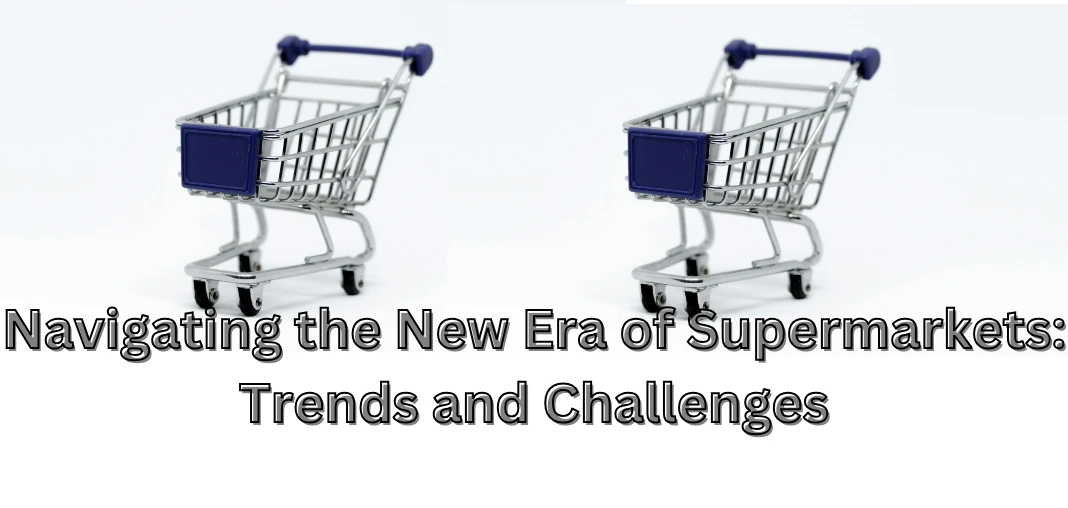Over the last six months, the supermarket industry has been in a state of flux. From creative in-store dining solutions and the booming private label market to regulatory crackdowns and high-stakes mergers, grocery retailers are facing a whirlwind of changes. This analysis breaks down the biggest trends, their implications, and how supermarkets are strategizing to stay competitive in this shifting landscape.
1. The Return and Evolution of Grocerants
In-store dining, or “grocerants,” is making a comeback as retailers look to lure shoppers who want convenience. Before the pandemic, these dining areas were designed to keep customers in the store longer and add to their total spend. Fast forward to today, and the focus has shifted: it’s all about affordable, grab-and-go meals that compete with fast food. This shift is driven by tighter budgets and the demand for quick meal solutions. Supermarkets know that being just a place to pick up groceries isn’t enough anymore—they need to be destinations for quick, satisfying meals.
2. Private Labels: The Strategic Shift
Private labels have shed their old reputation as cheap alternatives and are now at the forefront of supermarket strategies. Take Trader Joe’s and Aldi, for example—they’ve built entire followings around their high-quality, store-brand products. The benefits are obvious: more control over supply chains, better profit margins, and an edge that sets them apart from big-name competitors. The Kroger-Albertsons merger, if it goes through, could take this strategy to new heights, giving them a combined arsenal of over 35,000 unique products. That’s a serious power play in a market where differentiation is key.
3. Regulatory Scrutiny and Pricing Challenges
The industry isn’t just battling for market share; it’s also dealing with increased regulatory pressure. The FTC has been looking into whether supermarkets kept prices artificially high post-pandemic, despite stabilizing supply chains and costs. This kind of scrutiny could force supermarkets to change how they price goods and communicate those prices to customers. It’s a balancing act: stay profitable without looking like you’re taking advantage of shoppers. Transparency is going to be critical, and failing to adapt could mean losing consumer trust and facing legal consequences.
4. The Kroger-Albertsons Merger: A Double-Edged Sword
Few stories in the past six months have been as talked about as the proposed Kroger-Albertsons merger. The idea is to create a powerhouse that could rival Amazon and Walmart, but it’s not all smooth sailing. Regulators are worried about what this could mean for competition, prices, and jobs. Critics argue that less competition could mean higher prices at the checkout counter, and that’s the last thing consumers want. On the other hand, if the merger succeeds, it could lead to better private label options and more efficient supply chains. It’s a gamble with high stakes, and whether it’s approved or blocked will set a precedent for future industry consolidations.
Conclusion
These past six months have shown just how dynamic the supermarket industry can be. The resurgence of in-store dining reflects a pivot toward added convenience, while private label growth underscores a push for brand loyalty and control. Regulatory challenges and the uncertain future of major mergers add another layer of complexity that can’t be ignored. As supermarkets navigate these trends, their ability to balance consumer expectations, pricing transparency, and operational efficiency will determine who thrives and who falters in this competitive arena.
Summary Table:
| Trend | Details | Implications |
|---|---|---|
| Grocerants Revival | Affordable, convenient meal offerings | Competes with fast-food, drives traffic |
| Private Label Growth | Quality-focused exclusive products, e.g., Aldi, Trader Joe’s | Boosts customer loyalty, increases profit margins |
| Regulatory Scrutiny | FTC investigation into pricing practices | May lead to adjusted pricing strategies, heightened transparency |
| Kroger-Albertsons Merger | Potential for expanded private label and competitive edge | Regulatory challenges, possible job losses, consumer impact |

